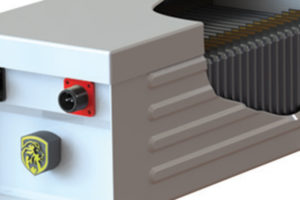Lithium ion batteries are under increased scrutiny due to high-profile events that have created undesired media attention to the industry. The realization that these ubiquitous batteries are not inherently safe, and can be a danger to the public when mishandled or poorly manufactured has prompted the need for more regulations. While new lithium ion battery regulations will likely take some time to be enacted, there are current regulations in place that have been created to improve the quality of lithium ion battery cells and the products they are assembled in.
Nexceris, through developing safety products for the lithium ion battery industry, has come into contact with many regulations and rulemaking bodies, and has identified the top 10 regulations you should know about lithium ion batteries. We have created this article to share the knowledge we have gained while developing lithium ion safety systems in hopes to ensure that lithium ion batteries are created safely and solidify this technology’s place in our future.
In this article, we summarize the 10 regulations on lithium ion batteries that we think all lithium ion battery developers, integrators, and manufacturers need to know. We share number 10 below and encourage you to download the whole article by filling out the form to the right.
2. NFPA 855: Standard for Installation of Energy Storage Systems
NFPA 855 encompasses the standards for the complete installation of energy storage, but from a fire protection point of view. The standard is currently entering it’s second, and potentially final, public comment period putting it at second on our list.





